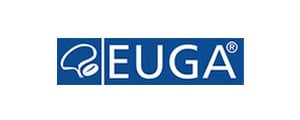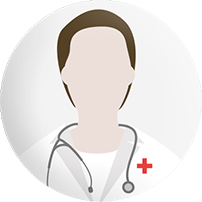GO BACK
IMCAS World Congress 2019
IMCAS World Congress 2019
Program
S028
Urinary incontinence: mechanisms of action of new non-surgical therapeutic alternatives (in collaboration with EUGA)
Room: Room 242 (level 2)
Date: Thursday 31 January 2019 at 11:30 to 12:30
Format: FOCUS SESSION > lectures covering a major topic of the congress
Date: Thursday 31 January 2019 at 11:30 to 12:30
Format: FOCUS SESSION > lectures covering a major topic of the congress
Lectures of the session
| Hours | Speakers | Lecture title | Abstract | Number |
| 11:30 | About: Er:YAG lasers | 78903 | ||
| 11:40 | Presentation of EUGA | 83925 | ||
| 11:45 | About: CO2 lasers | 78905 | ||
| 11:55 | About: RF | 79773 | ||
| 12:05 | Vaginal and urethral lasers combined to improve tropism | View | 78909 | |
| 12:15 | About: cryogen-cooled monopolar RF - long term results (under an educational grant) | 81731 | ||














